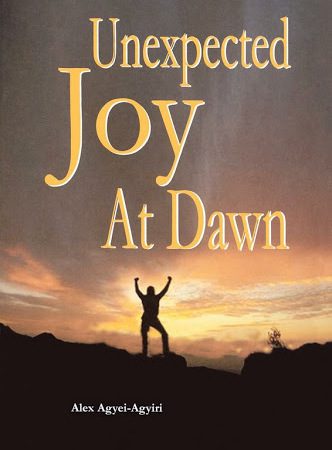Aesthetics was coined from an Old Greek word, “αἰσθητικός” which means “I feel” and implies the appreciation of beauty. It is a terminology which was coined by a philosopher, Alexander Baumgarten. As a philosophical term, it is used in expressing beauty. Thus, aesthetics means the study of beauty. Aesthetics has three different theories or approaches which are: (1) Objective Theory; (2) Subjective Theory; and (3) Instrumental Theory.
Objective Theory of Aesthetics holds that beauty is in the object. This shows that the beauty the object possesses is universally accepted and is not restricted to a group of people or a place. Colour red, for example, means danger all over the world and the blue colour indicates love. In other words, it is the universal view of a thing.
Subjective Theory of Aesthetics is a theory which holds that beauty is in the eyes of the beholder. Such beauty is determined by the beholder of such an object. Thus, what is beautiful to Mr A may not be so to Ms B. This is because the beholder defines what is beautiful. This may come in handy in assessing a facial and/or body appearance, works of literature etcetera that fit in to our taste. In other words, it is the personal view of a thing. It involves seeing a thing from many angles.
Instrumentalist Theory of Aesthetics sees beauty in the object as being capable or captivating to the extent that it attracts the beholder to itself for appreciation. This can be typified by the abstract portrayal of ideas. Abstracts are usually loaded with meanings and metaphorical. It is the capability of the object (an art work) to attract admiration from people.
 WHATSAPP: Click HERE to join the new Literature PADI WhatsApp group to receive latest updates on your phone and for further literary discussions!
WHATSAPP: Click HERE to join the new Literature PADI WhatsApp group to receive latest updates on your phone and for further literary discussions!











